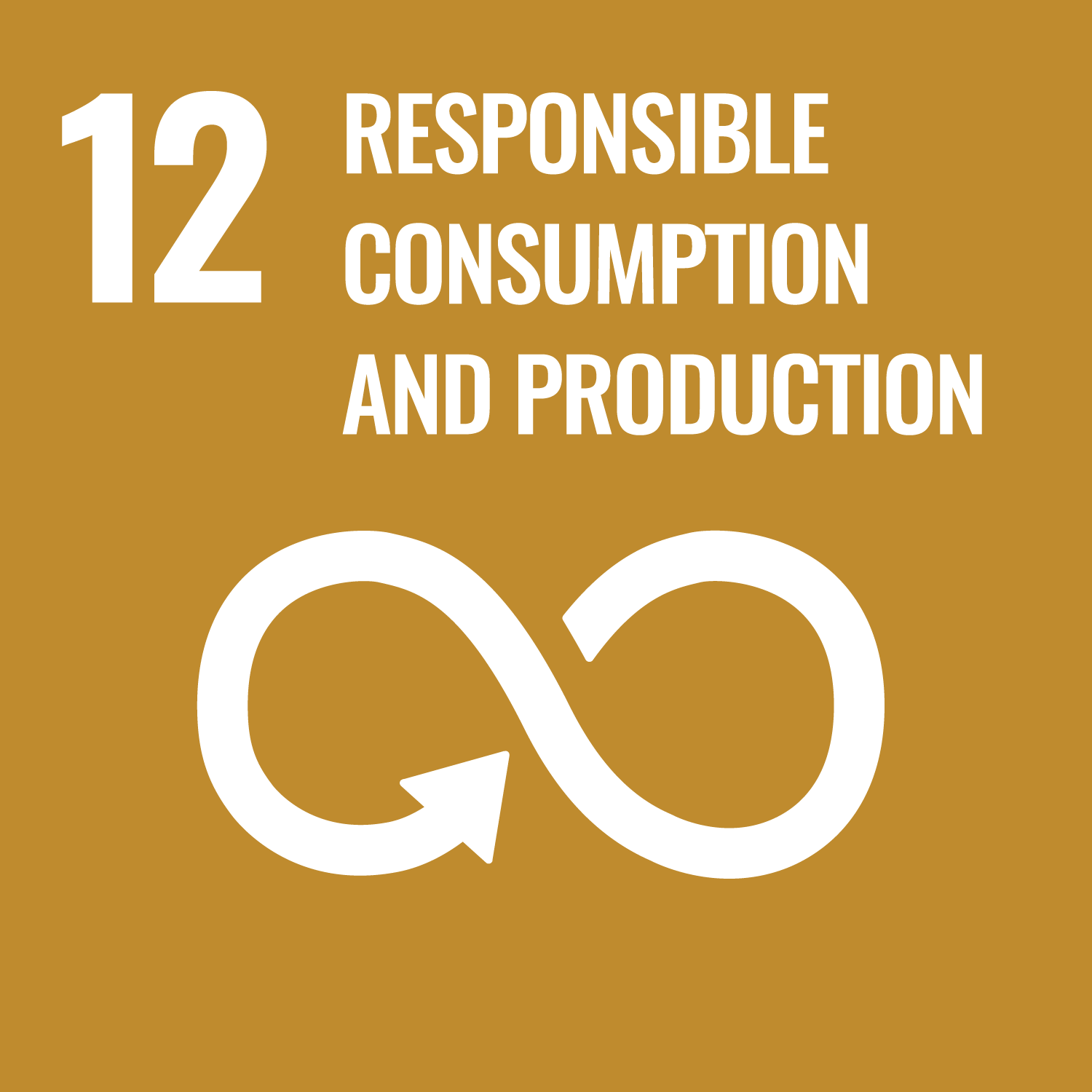Role
Dr Smith is a Senior Lecturer who teaches physical chemistry to all levels of undergraduate and physical chemistry for forensics; alongside supervising undergraduate and postgraduate projects in chemistry. Dr Smith is the Course Leader for the L6 Lab Scientist Apprenticeship.
Her research focusses on the biocompatible, biodegradable, green and sustainable solvents: Deep Eutectic Solvents (DESs).
Career overview
Dr Smith received her Bachelor's degree (2003) and Ph.D. in Chemistry (2007) from Loughborough University. She joined the University of Leicester in 2006 as a post doctoral research associate to work on the EU funded project, IONMET which advanced the industrial application of a novel class of ionic liquids, Deep Eutectic Solvents (DESs) for the electropolishing of metals and metal deposition, both electrolytically and via immersion (electroless) processes. She has since been a teaching fellow and the Scientific Coordinator of another EU funded project developing a rechargeable battery for electric vehicles, utilising DESs and conducting polymers (PolyZion); before joining Nottingham Trent University in September, 2012 as a Senior Lecturer.
Research areas
ORCID ID: 0000-0001-5844-0883
Dr Smith’s research is focussed towards understanding the fundamental behaviour of Deep Eutectic Solvents and in developing new synthesis methods using DESs, particularly for the green and sustainable synthesis of metal nanoparticles, DES are formed by mixing a hydrogen bond donor and a hydrogen bond acceptor which form a eutectic mixture with a melting temperature far below that of its separate components i.e. you can mix two solids and make a liquid at room temperature.
Current research projects include
- Development of a new sustainable method for the synthesis of metal nanoparticles for use in antimicrobial medical applications. In the health-care industry microbial adhesion and biofilm growth is a global issue causing life-threatening infections. We have used Deep Eutectic Solvents, DESs, to develop a new sustainable synthesis methods for metal nanoparticles.
- The fundamental characterisation of Deep Eutectic Solvents, DES. There are thousands of possible DES formations, the problem is deciding which one will be suitable for your application, here we are trying to understand how changing the components and ratios of DESs changes their physical properties.
Opportunities arise to carry out postgraduate research towards an MPhil / PhD in the areas identified above. Further information may be obtained on the NTU Research Degrees website https://www.ntu.ac.uk/research/research-degrees-at-ntu
External activity
- Institute of Materials Finishing (IMF) Publications Committee Member
Sponsors and collaborators
Current and recent research is being conducted with the collaboration, funding and support of the STFC through ISIS,RAL, Oxford, UK and ILL, Grenoble France.
Current University collaborations include Leicester University, UK; University of Kent, UK; Northampton University, UK; Lisbon University, Portugal.
Publications
HILLMAN, A.R., BARKER, R., DALGLIESH, R.M., FERREIRA, V.C., PALIN, E.J.R., SAPSTEAD, R.M., SMITH, E.L., STEINKE, N.-J., RYDER, K.S. and BALLANTYNE, A.D., 2018. Real-time in situ dynamic sub-surface imaging of multi-component electrodeposited films using event mode neutron reflectivity.Faraday Discussions. ISSN 1359-6640
BALLANTYNE, A.D., BARKER, R., DALGLIESH, R.M., FERREIRA, V.C., HILLMAN, A.R., PALIN, E.J.R., SAPSTEAD, R., SMITH, E.L., STEINKE, N.-J. and RYDER, K.S., 2018. Electrochemical deposition of silver and copper from a deep eutectic solvent studied using time-resolved neutron reflectivity. Journal of Electroanalytical Chemistry. ISSN 1572-6657
SMITH, E.L., ABBOTT, A.P. and RYDER, K.S., 2014. Deep Eutectic Solvents (DESs) and their applications.Chemical Reviews, 114 (21), pp. 11060-11082. ISSN 0009-2665
SMITH, E.L., FULLARTON, C., HARRIS, R.C., SALEEM, S., ABBOTT, A.P. and RYDER, K.S., 2010. Metal finishing with ionic liquids: scale-up and pilot plants from IONMET consortium.Transactions of the Institute of Metal Finishing, 88 (6), pp. 285-291. ISSN 0020-2967
SMITH, E.L., ABBOTT, A.P., GRIFFIN, J., HARRIS, R.C., O'CONNER, C. and RYDER, K.S., 2010. Pilot trials of immersion silver deposition using a choline chloride based ionic liquid.Circuit World, 36 (1), pp. 3-9. ISSN 0305-6120
ABBOTT, A.P., BARRON, J.C., ELHADI, M., FRISCH, G., GURMAN, S.J., HILLMAN, A.R., SMITH, E.L., MOHAMOUDA, M.A. and RYDER, K.S., 2009. Electrolytic metal coatings and metal finishing using ionic liquids. ECS Transactions, 16 (36), pp. 47-63. ISSN 1938-6737
HILLMAN, A.R., GLIDLE, A., RYDER, K.S., SMITH, E.L., COOPER, J.M., DALGLIESH, R.M., CUBITT, R. and GEUE, T.,2009. Metal chelation and spatial profiling of components in crown ether functionalised conducting copolymer films.Electrochimica Acta, 55 (24), pp. 439-450. ISSN 0013-4686
ABBOTT, A.P., BARRON, J.C., RYDER, K.S. and SMITH, E.L.,2009. Time resolved in-situ liquid-AFM and simultaneous acoustic impedance EQCM measurements: a study of Zn deposition. Analytical Chemistry, 81 (20), pp. 8466-8471. ISSN 0003-2700
GLIDLE, A., HILLMAN, A.R., RYDER, K.S., SMITH, E.L., COOPER, J.M., GADEGAARD, N., WEBSTER, J.R.P., DALGLIESH, R.M. and CUBITT, R., 2009. Use of neutron reflectivity to measure the dynamics of solvation and structural changes in polyvinylferrocene films during electrochemically controlled redox cycling. Langmuir, 25 (7), pp. 4093-4103. ISSN 0743-7463
ABBOTT, A.P., EL TTAIB, K., RYDER, K.S. and SMITH, E.L.,2008. Electrodeposition of nickel using eutectic based ionic liquid. Transactions of the Institute of Metal Finishing, 86 (4), pp. 234-240. ISSN 0020-2967
ABBOTT, A.P., GRIFFITH, J., NANDHRA, S., O'CONNOR, C., POSTLETHWAITE, S., RYDER, K.S. and SMITH, E.L., 2008.Sustained electroless deposition of metallic silver from a choline chloride-based ionic liquid. Surface & Coatings Technology, 202 (10), pp. 2033-2039. ISSN 0257-8972
UN Sustainable Development Goals
Dr Smith's research utilises the unique properties of Deep Eutectic Solvents to develop sustainable synthesis methods for metal nanoparticles which reduce the number of chemicals used, focusses on using poorly toxic components and decreases the waste produced. These metal nanoparticles are then used in industrial applications and in antimicrobial materials for medical technology.



